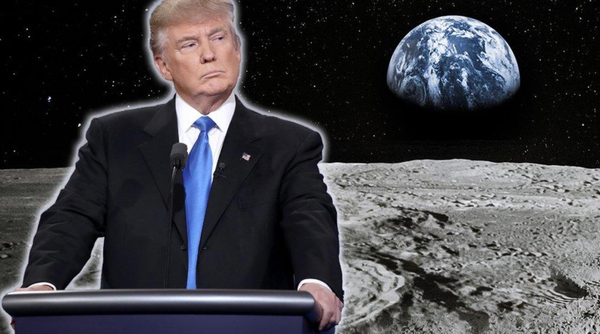NASA plans to put a nuclear reactor on the Moon by 2030 to provide reliable, high-output power for sustained human presence, overcoming the challenges of lunar night and harsh conditions. This project aims for a 100-kilowatt reactor capable of powering a lunar base, which is about the electricity usage of 70 to 80 American homes.wired+2
The motivation behind this initiative is that solar energy alone is insufficient on the Moon due to the long lunar night lasting about two weeks, making continuous power crucial for habitats, life support, scientific equipment, and communications. Nuclear power offers a steady and robust energy source regardless of sunlight availability.npr+1
Key challenges include engineering a reactor that can operate safely in the Moon’s environment, characterized by extreme temperature fluctuations (up to 200°C swings), lack of atmosphere, and moonquakes. Cooling the reactor is difficult because heat must be radiated directly into space, and the reactor must be fully enclosed and shielded to prevent radiation leakage. Safety is paramount, including ensuring the reactor is launched inert (non-radioactive fuel) and only activated on the lunar surface. End-of-life disposal of nuclear waste also requires careful planning, potentially storing spent fuel securely on the Moon.news.illinois+2
International competition also drives this effort, as China and Russia have announced intentions to establish lunar reactors by the mid-2030s, raising geopolitical stakes in lunar resource utilization.bigthink+2
Technologically, NASA is collaborating with commercial partners to design and deploy these reactors. The reactors under consideration would use uranium fuel and a closed Brayton cycle system to convert heat to electricity efficiently. The planned 100-kilowatt output is modest compared to Earth’s nuclear plants but represents a significant advancement for extraterrestrial infrastructure.bbc+2
In summary, NASA’s goal of a functioning nuclear reactor on the Moon by 2030 is highly ambitious but potentially achievable. It could enable continuous human activity on the Moon and advance space exploration capabilities, though it requires overcoming considerable engineering, safety, and international policy challenges.wired+3
- https://www.wired.com/story/why-the-us-is-racing-to-build-a-nuclear-reactor-on-the-moon/
- https://www.politico.com/news/2025/08/04/nasa-china-space-station-duffy-directives-00492172
- https://www.npr.org/2025/08/08/nx-s1-5493500/nasa-nuclear-reactor-on-the-moon-explainer
- https://bigthink.com/starts-with-a-bang/nuclear-reactor-moon-nasa/
- https://www.bbc.co.uk/news/articles/cev2dylxv74o
- https://people.com/nasa-sean-duffy-wants-united-states-first-nuclear-reactor-on-moon-2030-11787197
- https://news.illinois.edu/can-nuclear-energy-be-produced-on-the-moon/
- https://www.bbc.com/future/article/20240417-the-nuclear-reactors-that-could-power-moon-bases
- https://www.nytimes.com/2025/08/06/science/nasa-nuclear-reactor-moon.html
- https://www.pbs.org/newshour/science/analysis-why-nasa-is-planning-to-build-a-nuclear-reactor-on-the-moon-and-what-the-law-says







